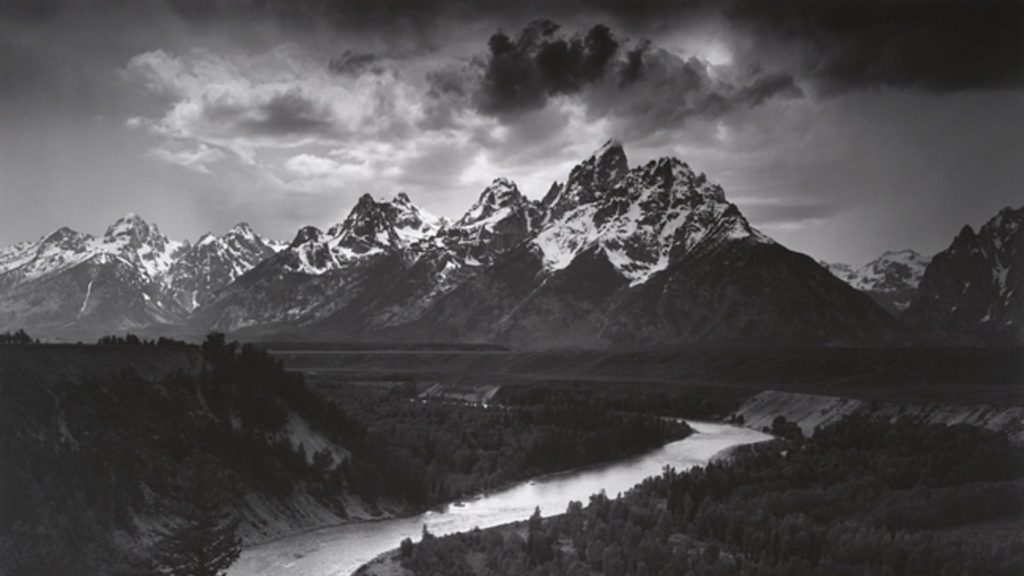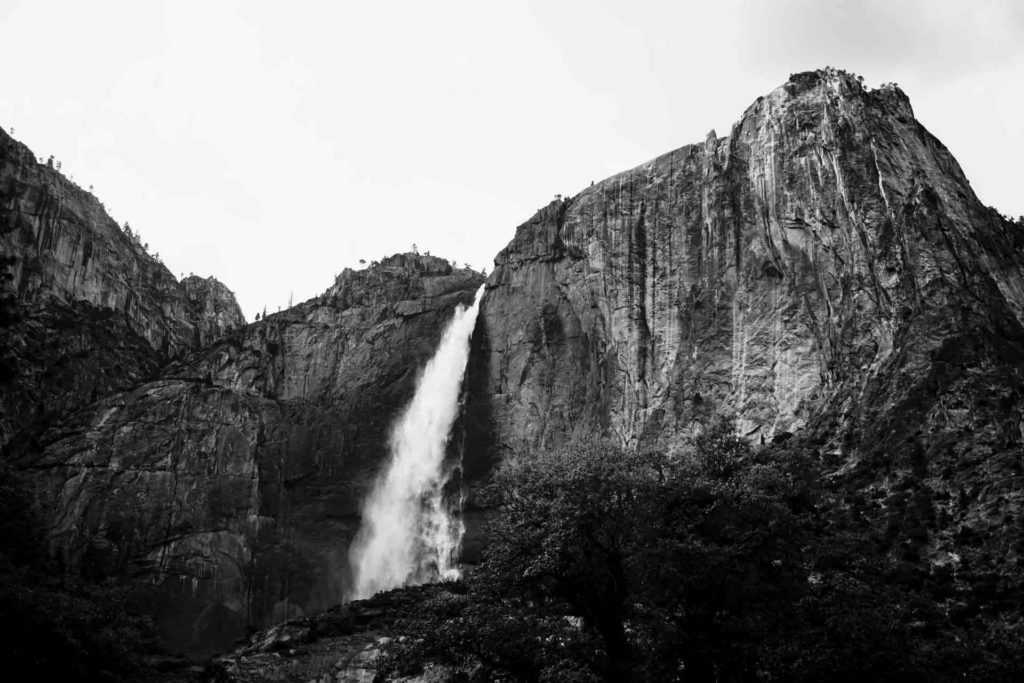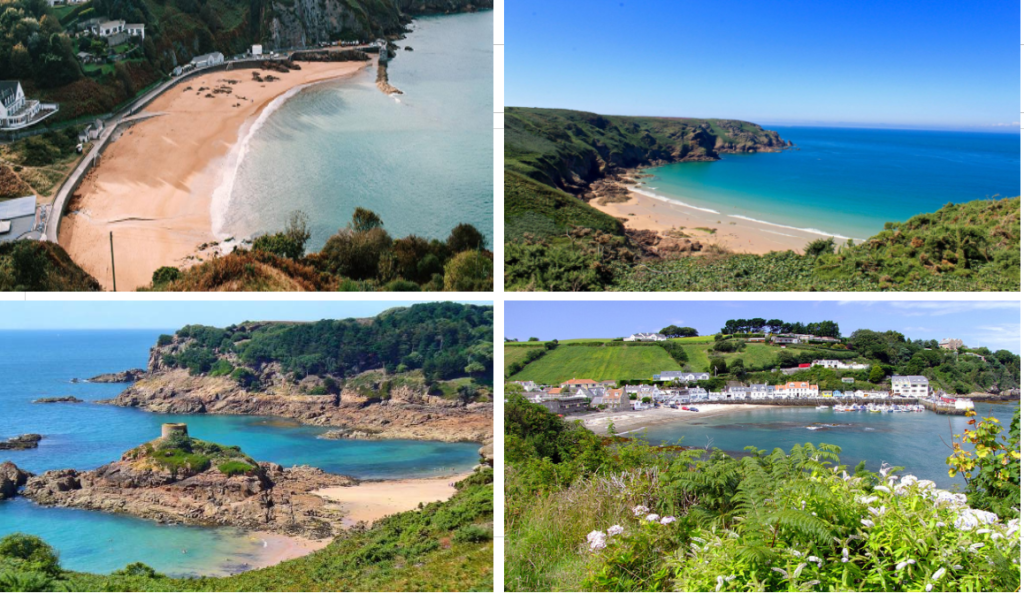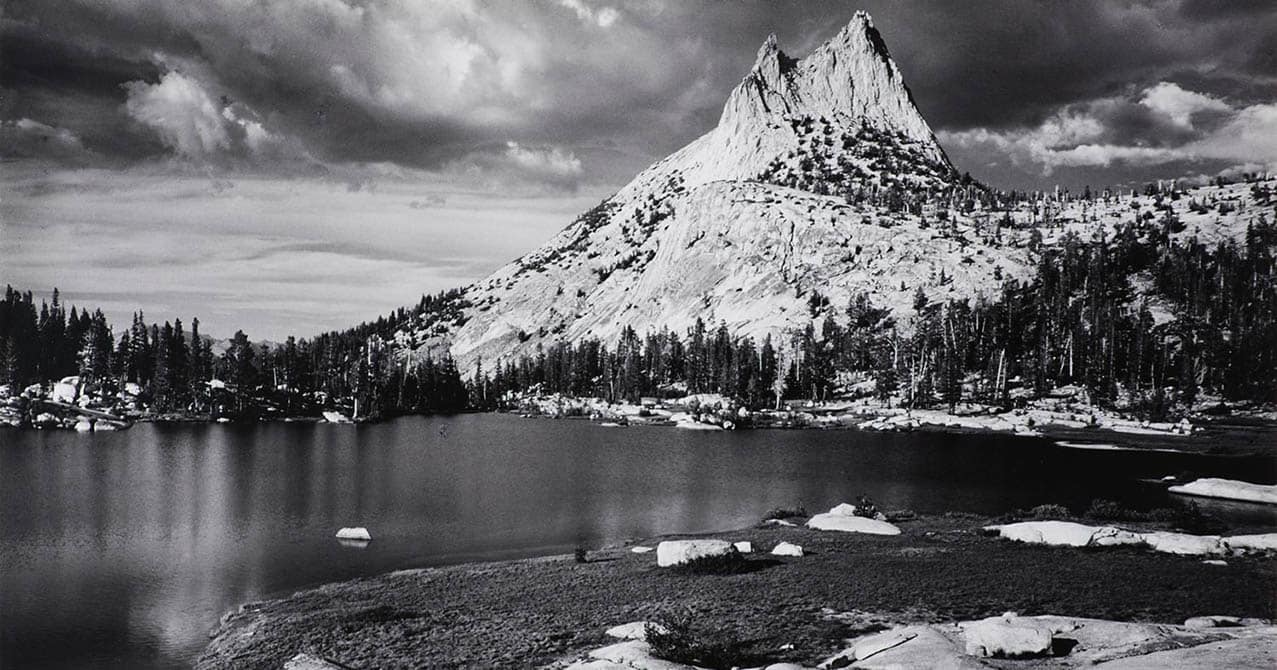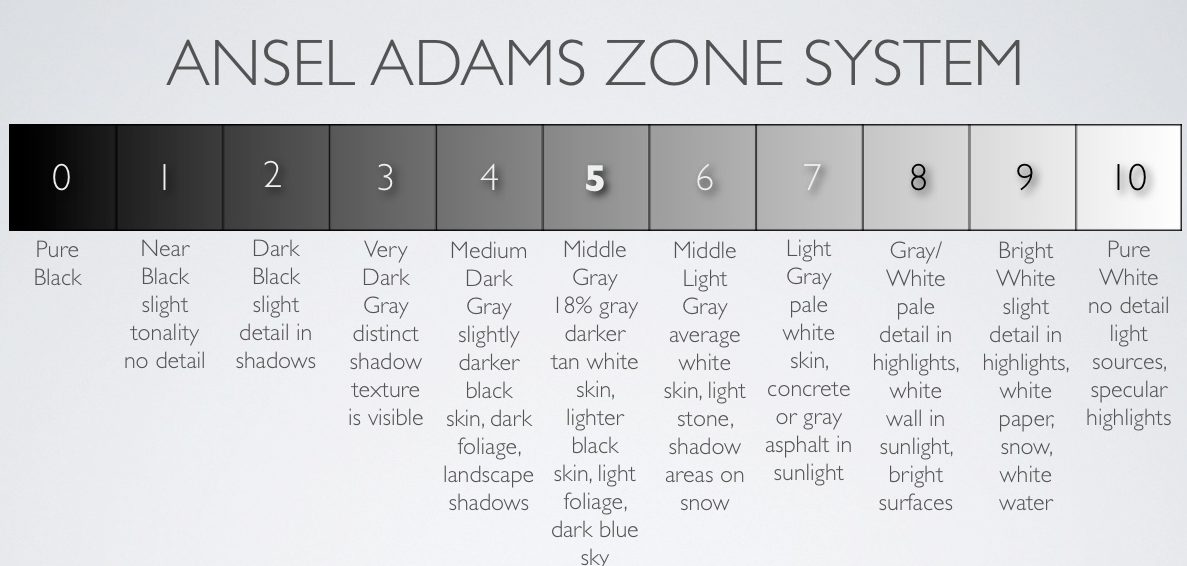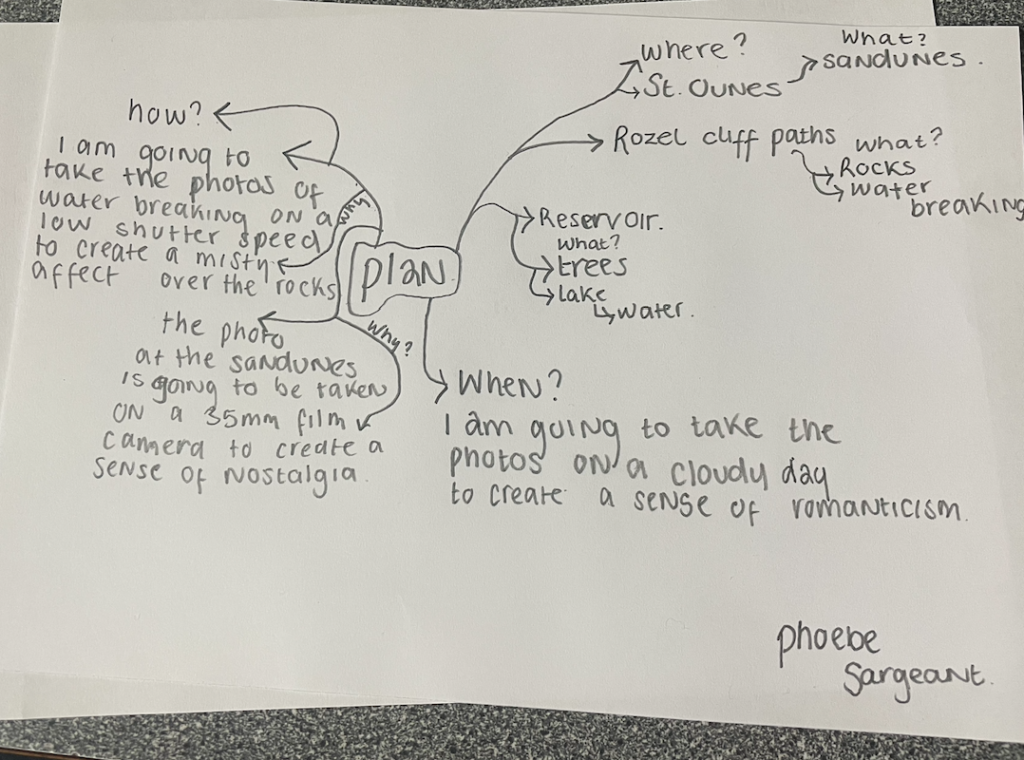Ansel Adams was born on February 20, 1902 and died on April 22, 1984 He was well known as an American landscape photographer and environmentalist who specialised in his black and white images of the American West. He helped found Group f/64 which is an association of photographers advocating “pure” photography which favoured sharp focus and the use of the full tonal range of a photograph. He joined the Sierra Club in 1919, which was an environmental group established to preserve the natural wilderness of the Yosemite Sierra. During the group’s hikes and camping trips, Ansel was able to soak up the sublime wonder of the landscape. It was then that he began his career as a pioneering American photographer. Adams then published his first photographs in the club’s 1922 bulletin. Adams also claimed the he would “vision” his image before taking it because he wanted to capture what he could exactly what he saw in the present.

These are some pictures of his work.
The term f/64 refers to a small aperture setting on a large format camera, which secures great depth of field, rendering a photograph evenly sharp from foreground to background.
Group f/64 was created when Ansel Adams and Willard Van Dyke, an apprentice of Edward Weston, decided to organize some of their fellow photographers to promote a common aesthetic principle. In 1930s Van Dyke established a small photography gallery in his home. He called the gallery 683 in honour of the name of his house “as our way of thumbing our nose at the New York people who didn’t know us”, a direct reference to Stieglitz and his earlier New York gallery called 291. Van Dyke’s home/gallery became a gathering place for a close circle of photographers that eventually became the core of Group f/64. Many different Photographers gathered at Van Dyke’s home decided to put together a group exhibition of their work. They convinced the director at the de Young Museum to give them the space, and on November 15, 1932, the first exhibition of Group f/64 opened to large crowds. The group members in the exhibition were Ansel Adams (10 photographs),. Four other photographer were invited to join the exhibition, each contributing four photographs. Edward Weston’s prints were priced at $15 each; all of the others were $10 each. The show ran for six weeks.
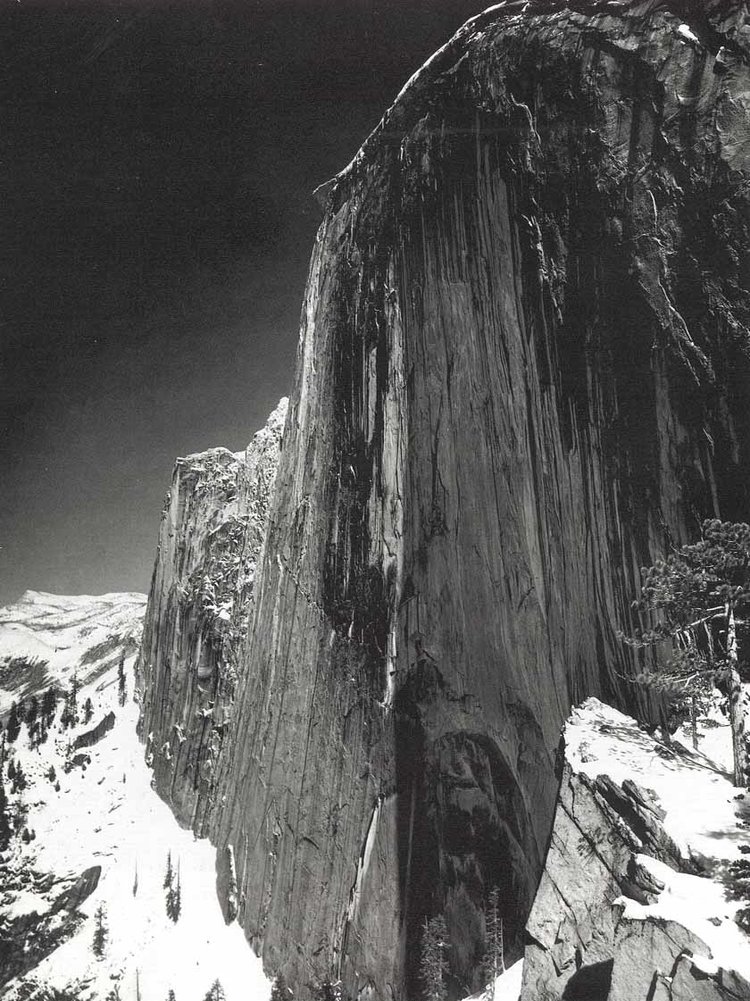
To create this picture he put a red colour filter at the end of his lens to manipulate the shades and tones of the photo, this gave the photo a monochrome look and feel.



